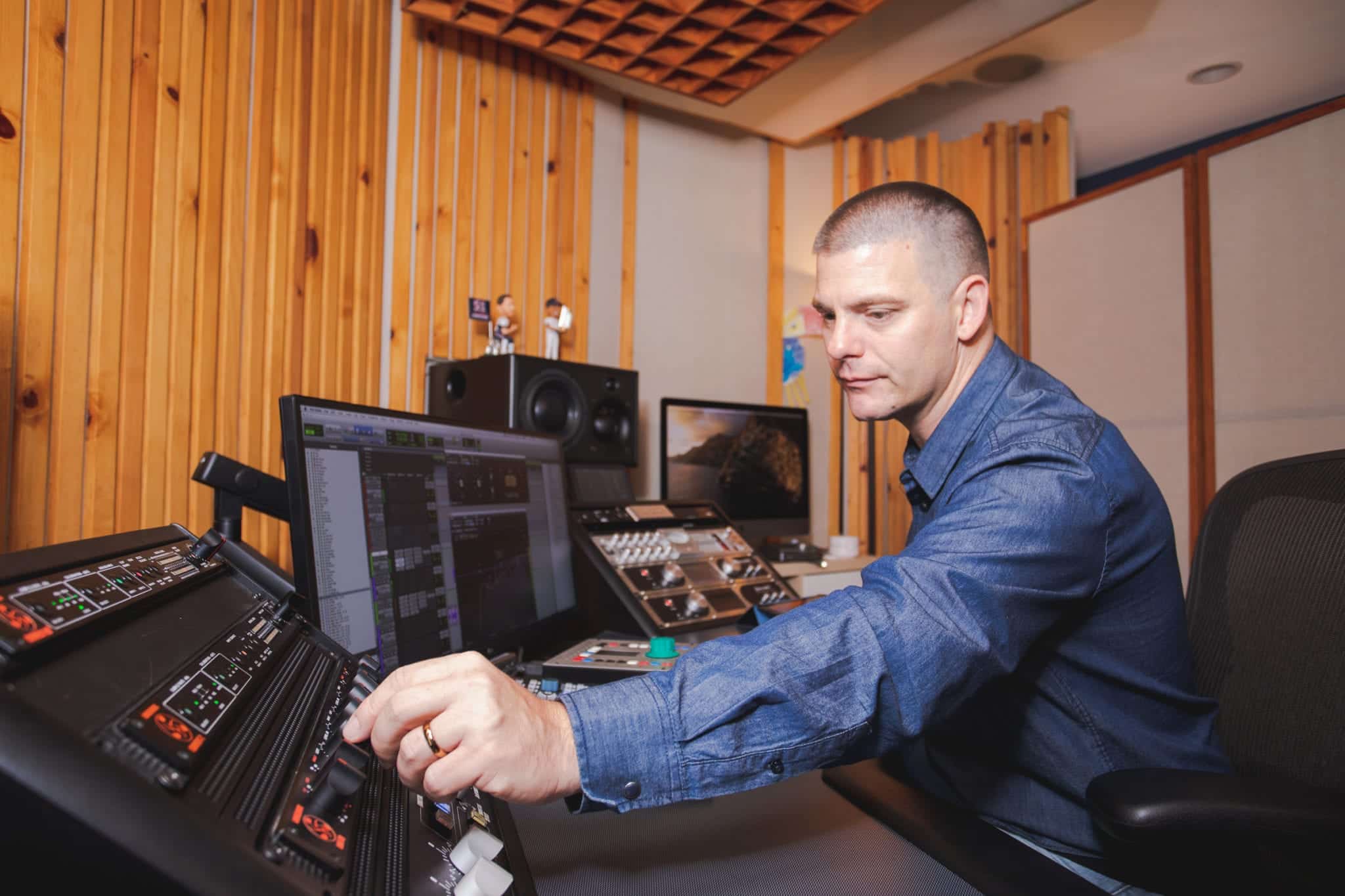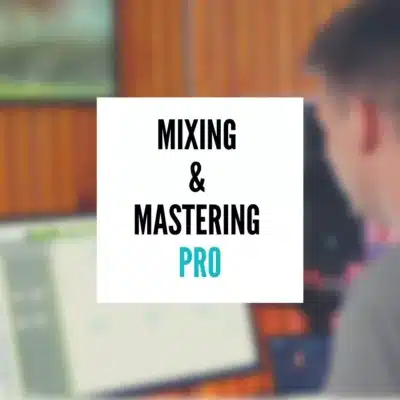Introduction
This article guides you through adjusting the tempo of your project in PreSonus Studio One without altering the pitch or timing of your audio tracks, a crucial technique for remixing, live performances, and post-production work.

Want a FREE Waves Vocal Preset?
This free Waves vocal preset works with Ableton, Logic Pro, FL Studio, Pro Tools, Studio One, and Waves StudioRack. It only uses plugins included in the Waves Gold Bundle, so that’s all you need to get started.
Changing Tempo Without Stretching in Studio One: A Step-by-Step Guide

- Preparation: Begin with a clean project and ensure that all your tracks are properly organized. Disable any automatic time stretching in the project’s settings to prevent unintended audio manipulation.
- Utilize the Tempo Track: Navigate to the Tempo Track at the top of your arrangement view. This track allows for non-destructive tempo changes throughout your project.

- Adding Tempo Points: To change the tempo, click on the Tempo Track where you want the change to start, creating a tempo point. You can add another point where you want the tempo change to end. Dragging these points up or down adjusts the tempo between them.

- Fine-tuning: For precise adjustments, double-click on a tempo point to enter the exact BPM. This method is particularly useful for creating tempo ramps or sudden changes.
- Practical Applications: Experiment with gradual tempo changes for creative transitions or apply sudden shifts to align tracks with different tempos without affecting their pitch or quality.
- Final Adjustments: Listen to your project in its entirety to ensure the tempo changes have the desired effect. Make any necessary tweaks to the tempo points for seamless transitions.
Conclusion
I also make sure this is the first thing I do when I’m importing files into a session. If you start to edit tracks and then change the tempo, things can start to get messy.
I hope this helps! If you need mixing or mastering services, make sure to hit me up!

Ready to Release your music on Spotify?
Get 10% off your first mix & master and enjoy Unlimited Revisions until it sounds perfect.






